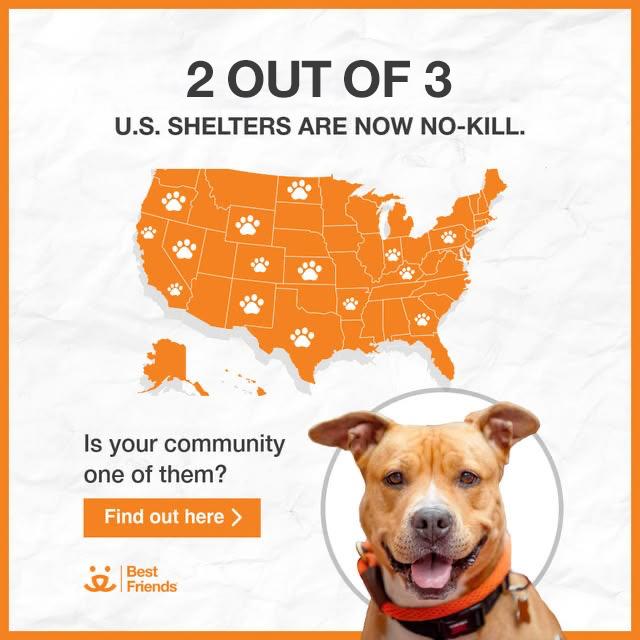
Dog Body Language: Signs of Comfort, Stress, and More
Just like people, dogs communicate using body language. Dog body language involves a dog’s entire body, not just their vocalizations or tail, for example. In fact, it’s important to look at all aspects of their body because just one component of a dog’s body language can mean different things. For instance, tail wagging can mean a dog is nervous, happy, and more. Plus, because each dog is an individual and will express how they are feeling differently, it’s important to spend time observing your dog and their postures and reactions.
Deciphering dog body language
So what does a dog’s body language tell you? Here are some examples of body language for dogs and an explanation of what they might mean.
Dog tail wagging
Why do dogs wag their tail? Contrary to popular belief that a wagging tail means happiness, dog tail wagging — and the position of the tail — can mean many things:
- A tucked or low, fast-wagging tail can mean: “I am scared or unsure.”
- A high, stiff wag can mean: “I am agitated or aroused.” If the dog’s body is stiff with their body positioned forward, and their ears are up or forward, proceed with caution. You might need to help diffuse a situation if you see this canine body language, and that might mean removing yourself or another dog.
- A loose wag — not really high or really low — can mean: “I am comfortable and friendly.” But you should keep watching the dog’s entire body. Some dogs need a lot of personal space. They will tell you if you get too close.
Tail between the legs
A dog’s tail tucked between their legs can mean the dog is afraid or uncomfortable. Look for whether the dog’s ears are pressed back against their head, which is also a sign of discomfort.
Rolling on back with belly up
A dog rolling on their back with their belly up can have multiple meanings. Rolling over generally means: “I am not a threat.” If the dog’s tail is gently wagging and their mouth is slightly open, the dog is probably comfortable. However, do not assume the dog is asking for a belly rub. You can start petting from their back toward their stomach, watching their body language and making sure they remain comfortable as you reach their stomach.
If the dog’s tail is tucked and their lips are stiff while they’re lying on their back, the dog might be scared. Some dogs will solicit attention by rolling over but then become fearful or defensive, feeling that this position is not safe. The dog might even panic and start snapping.

See how your community is doing
Again, observe the whole dog, looking for comfortable, loose canine body language. To be safe around a dog, don’t hover over or crowd them when they’re lying on their back. Just like us, dogs need the ability to move away when they aren’t comfortable.
Dog play bow
Dog play bowing is when the rear end of the dog is up while the front end is down. The play bow often means: “I want to play.”
Ears perked up
When a dog’s ears are forward, the dog is alert and interested in something.
Frozen posture
A dog freezes if they're scared or guarding something, such as food or a toy, or if they feel cornered. This is a low-level warning sign on the ladder of dog aggression. Not respecting this warning can lead to escalation of growling, snapping, and potentially biting.
Signs of stress in a dog
When a dog is stressed, they might show displacement behaviors, also known as calming signals. These can be a variety of activities that might seem inappropriate in the situation. For example, a dog might start self-grooming to calm down when they’re afraid and faced with the decision to fight or run away.
Some typical displacement behaviors in dogs include:
- Yawning in new or emotional situations
- Panting when it’s not hot
- Lifting a front paw as someone walks toward them
- Licking their lips even though they haven’t been eating or drinking
- Scratching even though they’re not itchy
- Looking away as a person or another animal walks toward them
- Shaking off after someone handles them or another dog plays too roughly
- Stretching out as though doing a play bow but not asking for play
- Making a puff (exhale) of breath, sometimes whining at the same time, and looking away or turning away
- Lying down and trying to make whatever is happening stop by not taking part in it
Signs of fear in a dog
Dogs are often feeling stress along with fear when they:
- Start to drool when they normally don’t
- Pace or circle
- Tuck their tail and move away from something
- Start to whine
- Sweat through their feet
- Put up their hackles, with their tail high or low and their body still
- Start to growl and might start to move away
- Start to curl their lips or show their teeth (which might be the only warning a dog gives before biting)
Want to learn more about canine body language?
Turid Rugaas has a lot of information on dog body language in her book On Talking Terms With Dogs: Calming Signals. And in her DVD, Calming Signals: What Your Dog Tells You, viewers can see her pointing out various signals that dogs use to communicate with each other.
Other valuable books are Canine Body Language: A Photographic Guide to Interpreting the Native Language of the Domestic Dog by Brenda Aloff, Canine Behavior: A Photo Illustrated Handbook by Barbara Handelman, and Dog Language: An Encyclopedia of Canine Behavior by Roger Abrantes.
